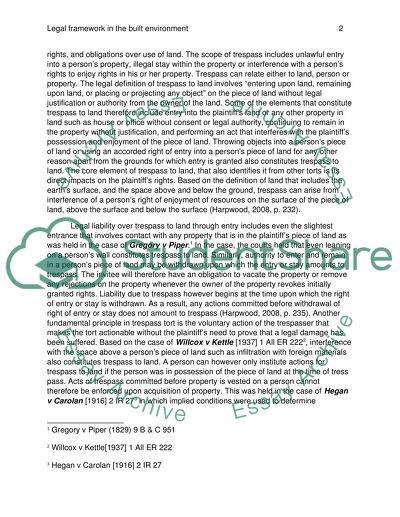Cite this document
(“LEGAL FRAMEWORKS IN THE BUILT ENVIRONMENT Essay - 1”, n.d.)
LEGAL FRAMEWORKS IN THE BUILT ENVIRONMENT Essay - 1. Retrieved from https://studentshare.org/law/1594046-legal-frameworks-in-the-built-environment
LEGAL FRAMEWORKS IN THE BUILT ENVIRONMENT Essay - 1. Retrieved from https://studentshare.org/law/1594046-legal-frameworks-in-the-built-environment
(LEGAL FRAMEWORKS IN THE BUILT ENVIRONMENT Essay - 1)
LEGAL FRAMEWORKS IN THE BUILT ENVIRONMENT Essay - 1. https://studentshare.org/law/1594046-legal-frameworks-in-the-built-environment.
LEGAL FRAMEWORKS IN THE BUILT ENVIRONMENT Essay - 1. https://studentshare.org/law/1594046-legal-frameworks-in-the-built-environment.
“LEGAL FRAMEWORKS IN THE BUILT ENVIRONMENT Essay - 1”, n.d. https://studentshare.org/law/1594046-legal-frameworks-in-the-built-environment.


